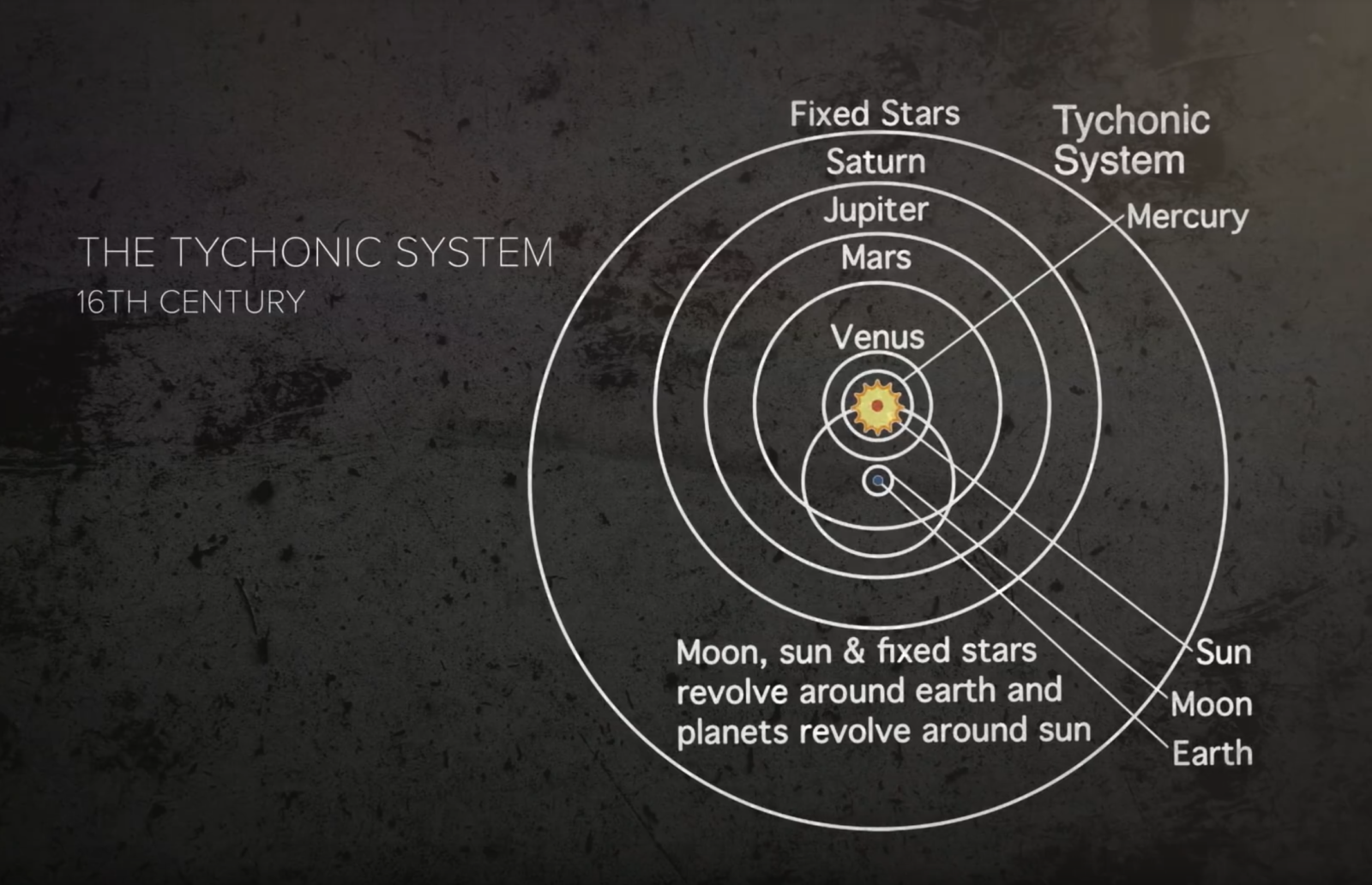The Actual, Nuanced Story of Galileo Galilei
Revisiting Galileo's and the Catholic Church's role in judging the Ptolemaic, Tychonic and Copernican Systems View at YouTubeThe Galileo myth posits that the great astronomer’s story illustrates the near-inevitable conflict between science and religion — or “faith and fact.” As science historian Michael Keas explains, the story is actually more complicated, nuanced, and interesting than the myth would have it. In Unbelievable, Professor Keas explores seven myths about the history of science and faith. It’s a great read. In the case of Galileo, the scientific evidence available at the time was not at all a slam dunk for the Copernican view. His trial and house arrest by the Catholic Church were not simply a panicked religion fighting back against scientific truth. There were scientists and theologians on Galileo’s side and others against him. Unlike Giordano Bruno, Galileo was not burned. He lived out his life at his comfortable rural estate, Villa Il Gioiello, on the hillside outskirts of Florence.
